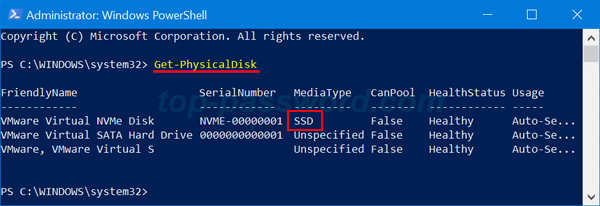
Run disk aid from recovery how to#
For information about servicing your Mac, see Find out how to service or repair your Mac. If you continue to have problems with your disk or it can’t be repaired, it may be physically damaged and need to be replaced.
Run disk aid from recovery mac#
If your Mac has a Fusion Drive and you see a flashing question mark or alert, see the troubleshooting section of the Apple Support article About Fusion Drive, a storage option for some Mac computers. Even though I'm in Recovery mode, I still get the message saying 'First Aid found corruption that needs to be repaired. Once there, I opened Disk Utility, selected the SSD drive and ran First Aid.

If that doesn’t work, back up as much of your data as possible, reformat the disk, reinstall macOS, then restore your backed-up data. To repair the startup volume, run First Aid from Recovery.' So I restarted the MacBook and held down Cmd-R to enter Recovery mode. If Disk Utility can’t repair your disk, or you receive a report that the First Aid process failed, try to repair the disk or partition again. If it contains information you need, open it and examine its data to make sure it hasn’t been corrupted. If you can replace a file or re-create it, delete it. Most of the files in the list have aliases in a DamagedFiles folder at the top level of your disk. You need to check each file in the list of affected files. If Disk Utility reports “overlapped extent allocation” errors, two or more files occupy the same space on your disk, and at least one of them is likely to be corrupted. Otherwise, you may need to do one of the following. You can click Show Details to see more information about the repairs. If Disk Utility reports that the disk appears to be OK or has been repaired, you’re done. In the sidebar, select the storage device, then click the First Aid button. Repeat steps 6 through 8 for each container on the storage device.

In the sidebar, select a container, then click the First Aid button. Alternatively, restart the computer and after the A data recovery agent can use their credentials to unlock the. Repeat steps 2 through 4 for each volume on the storage device. When the First Aid process is complete, click Done. In the First Aid dialog, click Run, then follow the onscreen instructions.

In the sidebar, select a volume, then click the First Aid button. If you check your startup volume (Macintosh HD), make sure you also check your data volume (Macintosh HD - Data). Note: If you’re checking your startup disk or startup volume, restart your computer in macOS Recovery, select Disk Utility in the macOS Recovery window, then click Continue.


 0 kommentar(er)
0 kommentar(er)
